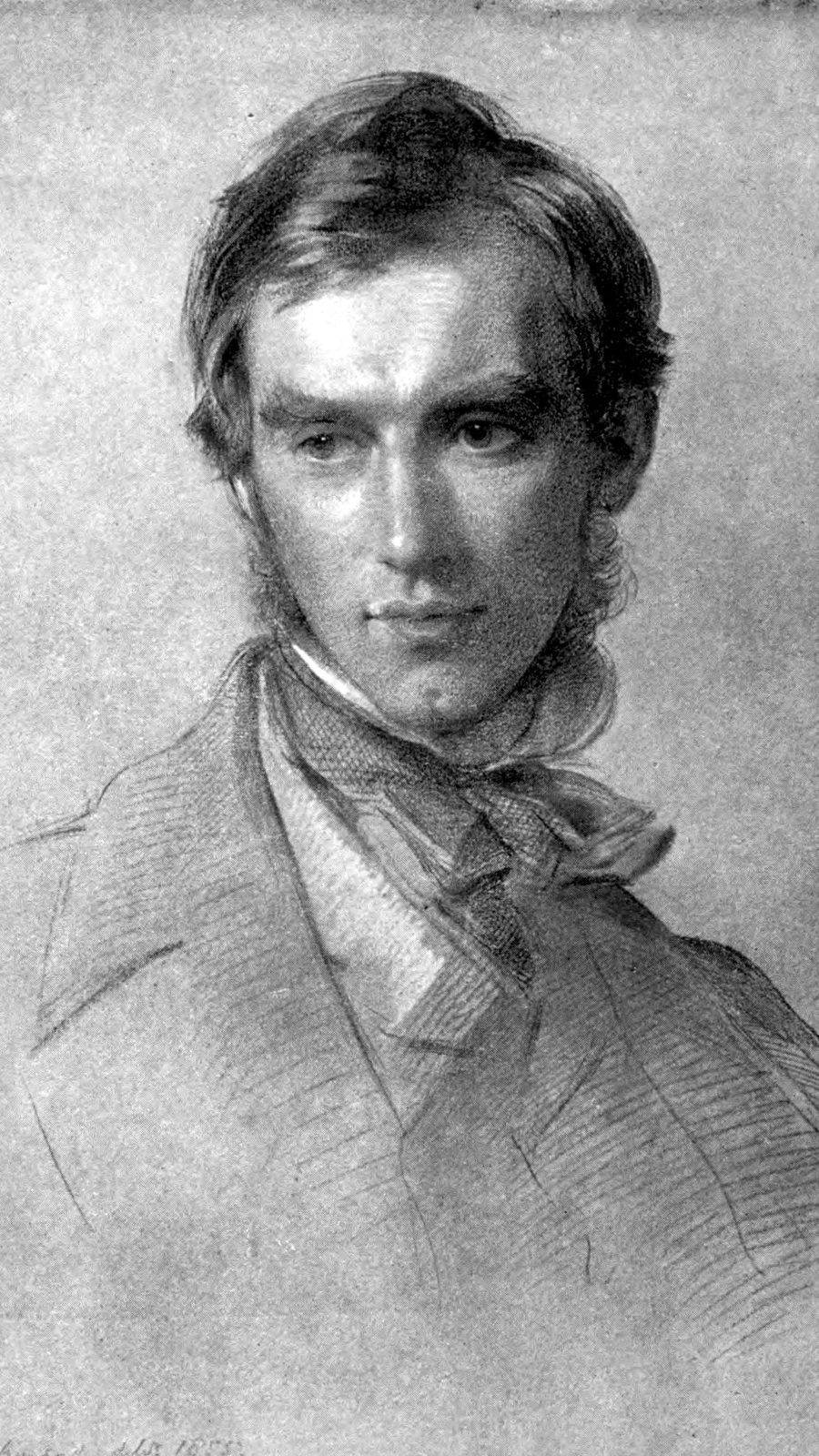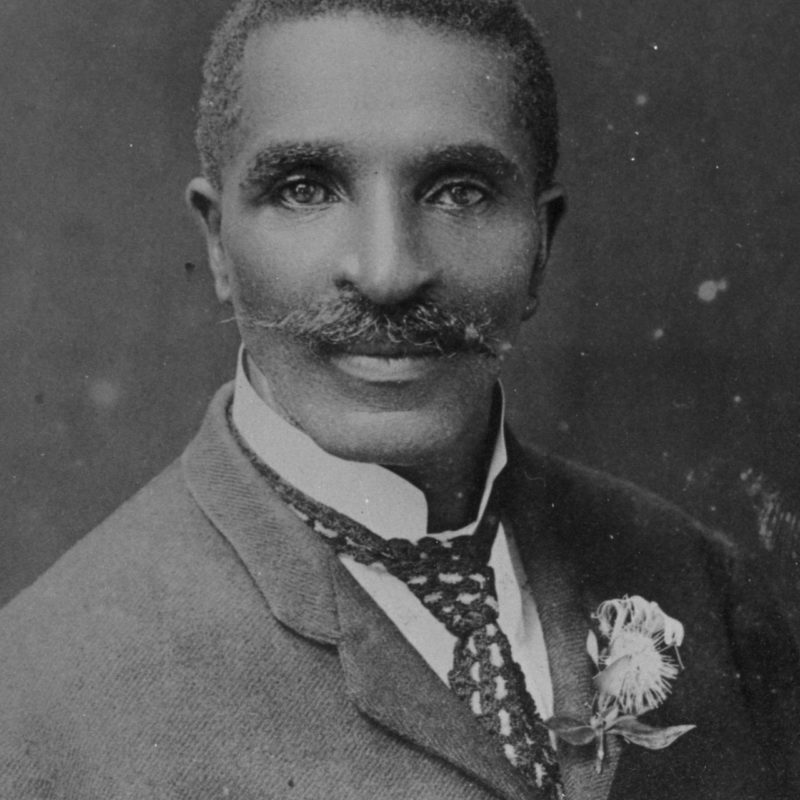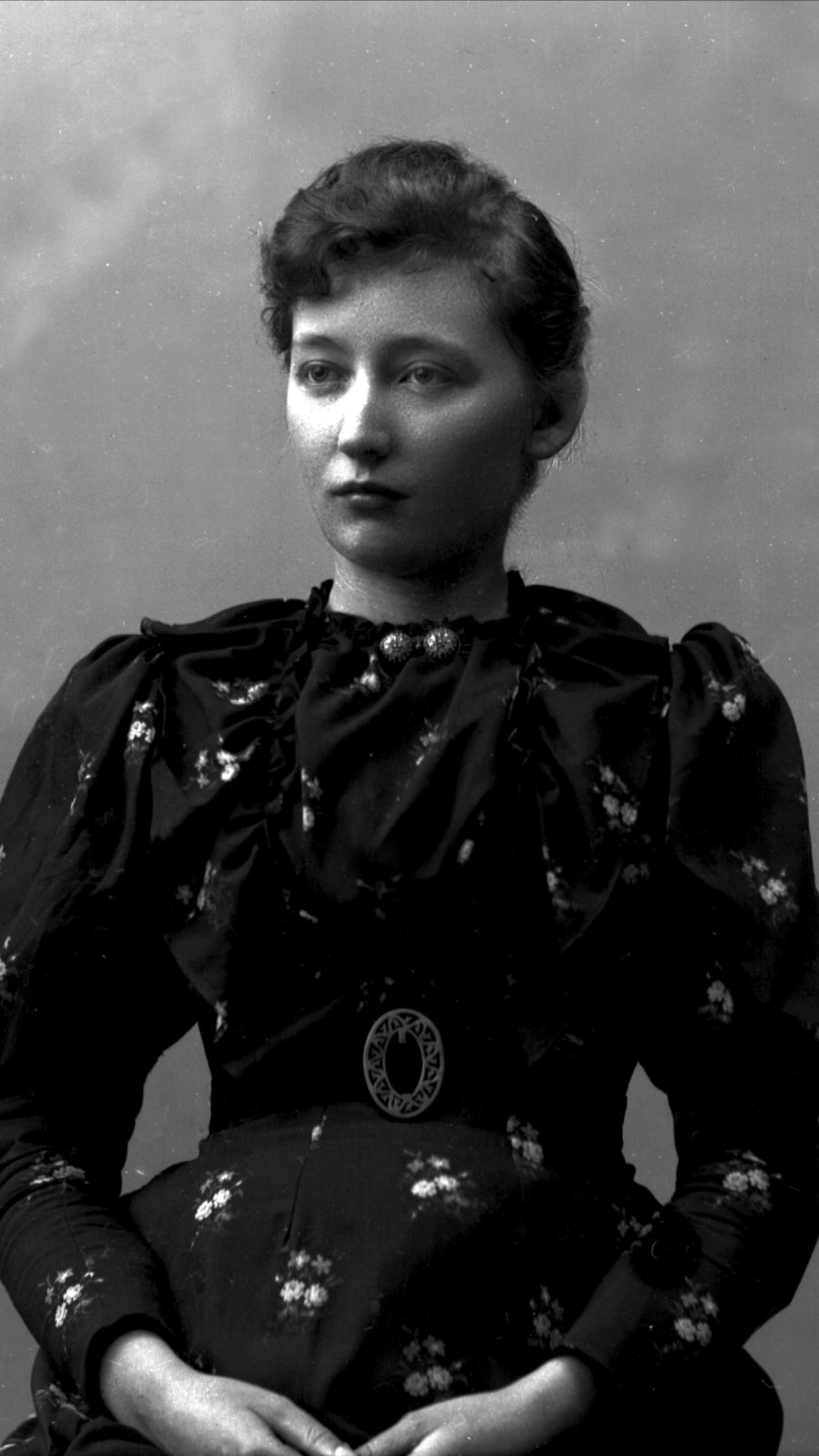
The 9 Hottest Botanists (a.k.a. “Hotanists”) in History
All this, and brains too. Say hello to your new history crushes
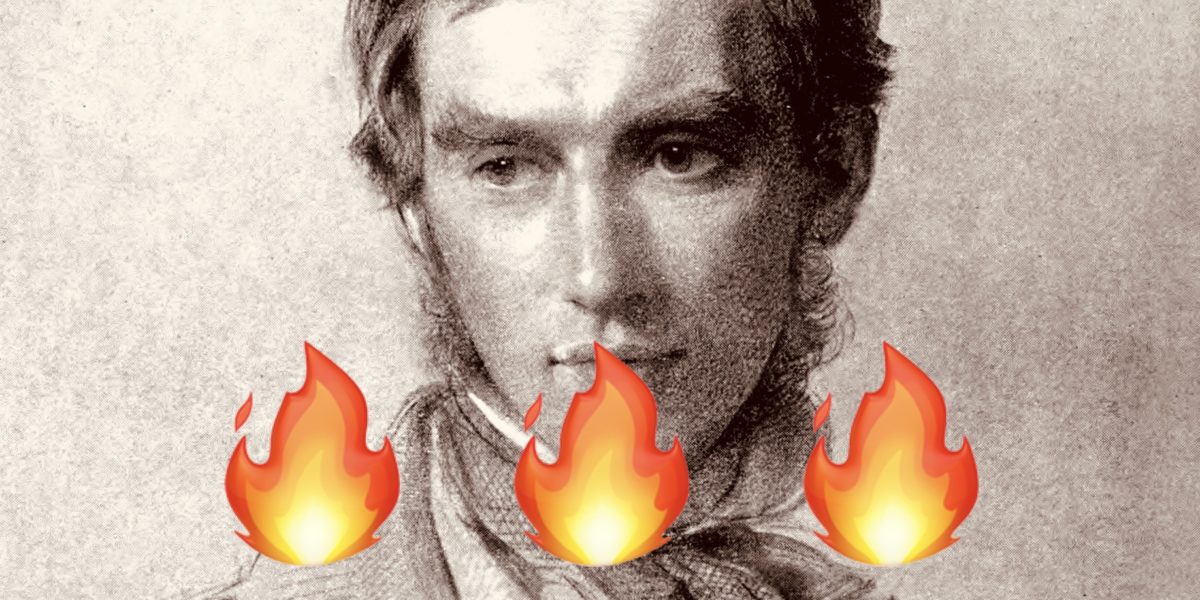
I know when you think of Sunset, you think “America’s Oldest Lifestyle Magazine” and “Venerable Record of Living in the West,” and you’d be correct—after more than a century of outstanding journalism, we’ve earned that reputation. What’s more, Sunset has been a leading authority in Western gardening. But, friends, it’s not all unthirsty yards and containers planted with the West’s most Instagrammable agaves around here. We also have more…shall we say… biological imperatives. Don’t we all like a little eye candy once in a while that goes beyond a flower bed? For your edification and viewing pleasure, we bring you the hottest botanists of history.
Theophrastus (371-287 BCE)
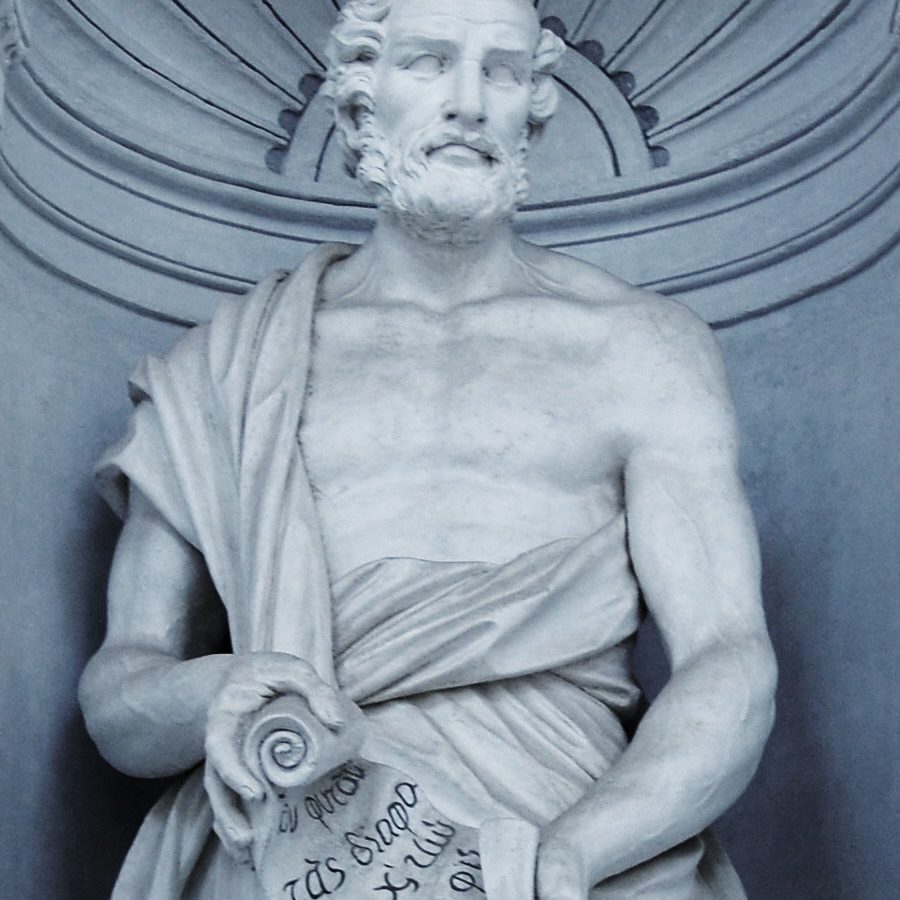
Photo by Esculapio / Wikimedia Commons
A student of Plato and Aristotle, his pioneering works on plants—the ten-volume Enquiry Into Plants (Historia Plantarum) and On the Causes of Plants— were among the biggest contributions to botanical science in antiquity, and continued to influence the scientific Renaissance centuries later. If this statue holds any accuracy, his body of work was…impressive. History may know him as the “Father of Botany,” but to us Theophrastus is a Daddy.
Carl Linnaeus (1707-1778)

Illustration from Nuestro Siglo, published 1883
Carl Linnaeus (Carl von Linné), a.k.a. the Prince of Botanists, is best known for devising binomial nomenclature—the two-name system biologists still use today. His thesis described in detail the functions of stamens and pistils in pollination as sexual acts, and honey, this is the Father of Modern Taxonomy like we’ve never seen him before! He’s giving us wind in his hair, loose collar, and shoulders for daaaays.
Sir Joseph Banks (1743-1820)
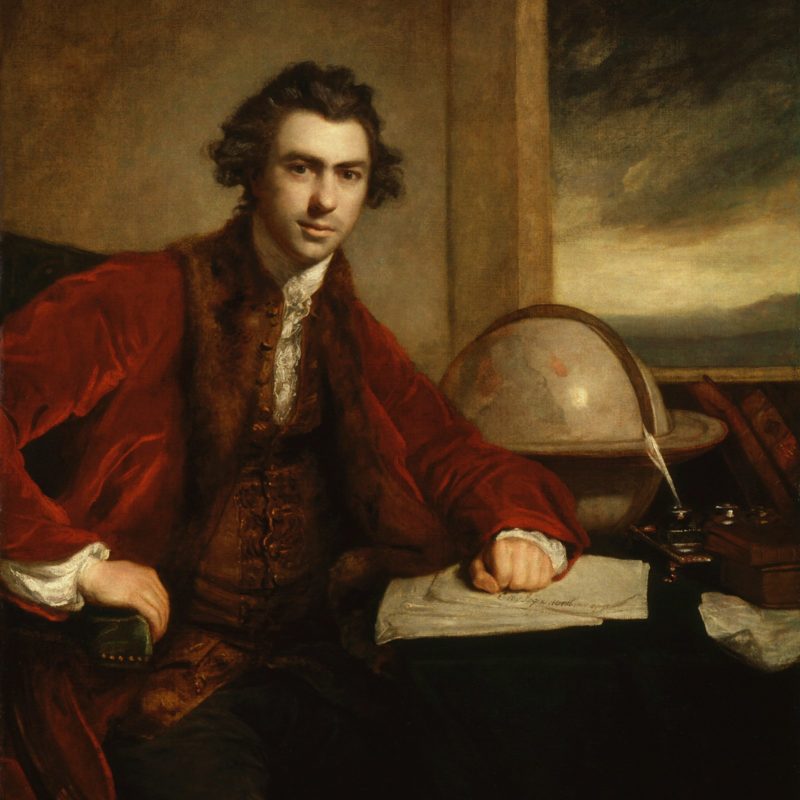
Portrait by Sir Joshua Reynolds, 1773
The Royal Botanic Gardens at Kew, England, can thank naturalist Sir Joseph Banks for becoming one of the world’s leading institutions of botany—it was he who convinced King George III to send botanists on plant-collecting expeditions worldwide. More importantly, Joe Banks is serving up Ross Poldark realness with a side of Michael Hutchence and that’s giving us a new sensation.
Louisa Finch, Countess of Aylesford (1760-1832)

Portrait by Valentine Green (after Sir Joshua Reynolds), 1883
Sure, she was a Countess and mother of twelve, but Louisa Thynne Finch was so much more than that; she was a rock hound whose mineral collection was extensive enough to be housed in the Natural History Department of the British Museum; she was a botanical illustrator of the highest caliber, who documented 30 new species and whose beautiful works go for tens of thousands of dollars at auction; and she was also a top-notch, highborn megababe. (Plus her grandmother’s ghost, known as the “Green Lady,” haunts Longleat House in Bath, England.)

